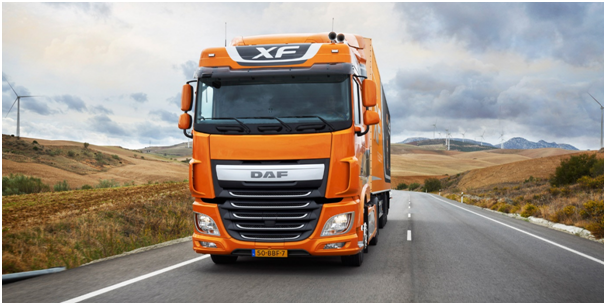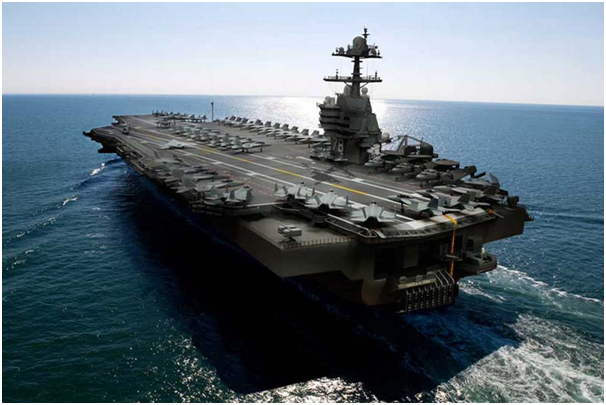When you think of windows, you might only picture the ones in your home. However, windows can be found everywhere, including our transportation. Are these windows made differently and do they require extra properties to keep us safe? Here we take a look at the different types of glass used in vehicles:
Lorries
Lorries have to be strong, durable and protective for the drivers in the cabin. During bad weather conditions, the side windows on lorries have been treated with water-repellent coatings to improve visibility and the windscreen will also be heated. For added protection, laminated glass is used for the windscreen but also increasingly in the side windows as well. In the event of an accident, this tough glass will stop the driver from being thrown out of the cabin and is shock resistant.
Large areas of glass, such as the lorry windscreen can also have a thin coating applied to it to prevent the absorption of the sun’s UV rays so the cabin doesn’t get uncomfortably warm. The glass can also have an insulating glazing to keep the cold out. For keeping the cold out of your home, double glazing offers great insulating properties. For Gloucester Double Glazing, visit https://www.firmfix.co.uk/

Planes
Strength is the most crucial aspect for windows on aircraft. The glass needs to be highly reinforced with surfaces that are permanently compressed. The glass will be treated with either thermal tempering or chemical reinforcement. Cockpit windows will also have a heated ability to prevent a build-up of ice and assist with fog.
The glass used in planes also needs to be specially engineered to deal with static electric charges that accumulate during flying. It will be treated with a conductive coating to dampen the static charge. Other considerations for glass in aircraft include additional durability against birdstrikes, UV radiation and electro-magnetic radar beams.
Boats
If the vessel is for military use then the glass will be armoured, similar to that found in military land vehicles. Glass found on commercial boats and cruise liners is almost the same type as is found in a car. A high-speed vessel must have light glazing and a high resistance to air pressure. Depending on the use of the boat, other considerations for marine glass manufacture include UV protection, demisting abilities, protection from electro-magnetic radar beams and thermal capabilities.
Fireproofing is another necessity for certain sensitive areas of ships, as is sound protection for glass that is next to aircraft on a naval aircraft carrier, for example.

Trains
Most modern trains, whether above ground or subway trains will use laminated glass as a means of improving passenger comfort and safety. High-speed trains will need to have laminated glass with additional impact-resistant power. This specialist glass is made from polyvinyl buteral, a highly flexible membrane that sits between two pieces of glass that have been laminated under very high heat and pressure. These pieces of glass will also contain conductive thread which heat up when electrically charged, supplying an effective defence against weather conditions like rain, snow, ice and fog.

